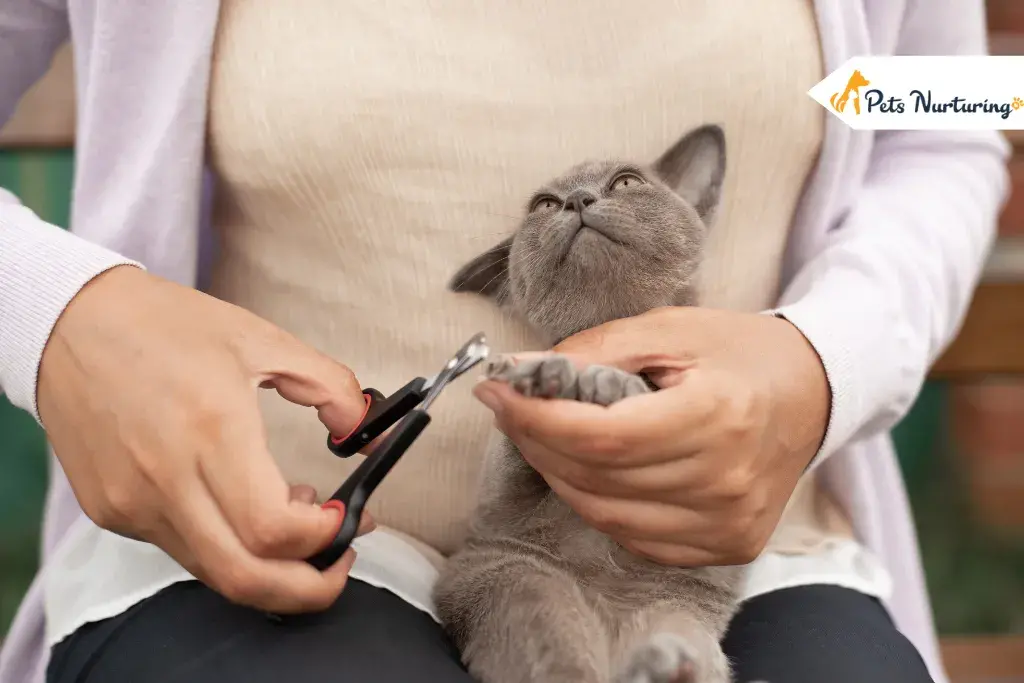
Pets dictate most of our lives – even if we don’t realize it.We love them, pet them, feed them, and even talk to them about our day. We get to know their quirks and characteristics, and often those can be specific to that breed of animal. One thing anyone with a cat quickly comes to understand is they are 99% against baths.
That comes down to a feline’s innate aversion to water. But, as much as cats are largely self-groomers, they do need assistance with some things – after all, all they have are four paws and a tongue.
If the idea of grooming your cat fills you with anxiety and dread, read on for seven ways to make the process easier for you both:
1. Start Young
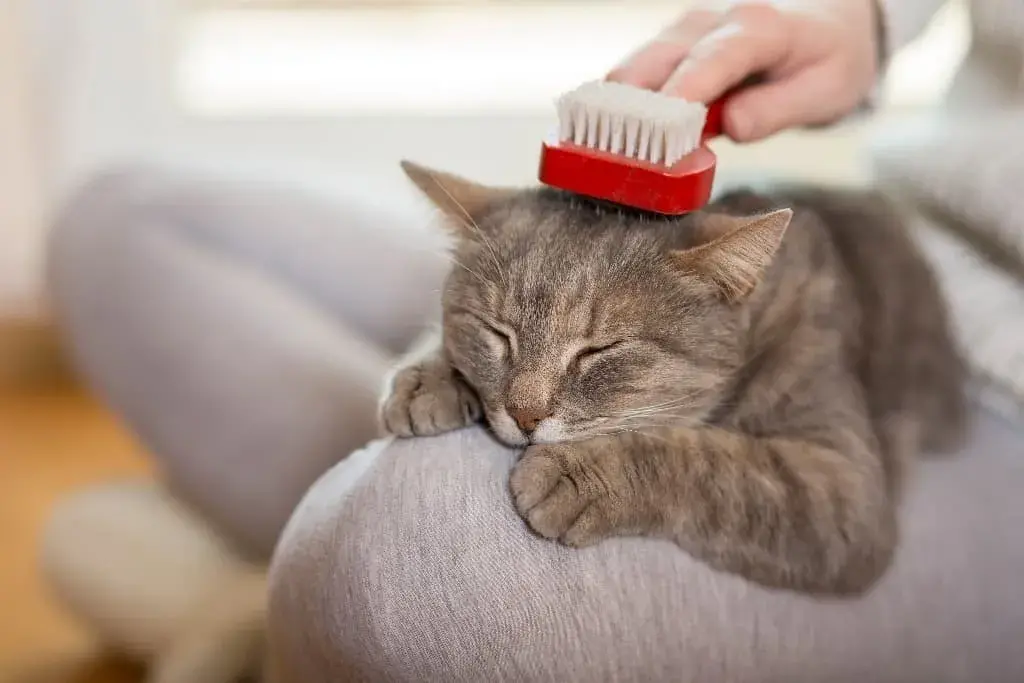
Kittens are ten times more likely to accept grooming because the memory of being groomed by their mothers will be fresh in their minds. Handling kittens and engaging with them will make them more responsive to touch, which makes your life easier when they’re older.
It is possible to train an older cat, but it will take more time and patience. Kittens and cats will eventually learn to appreciate baths and grooming; you just need to find a way that works for you both.
2. Establish A Routine
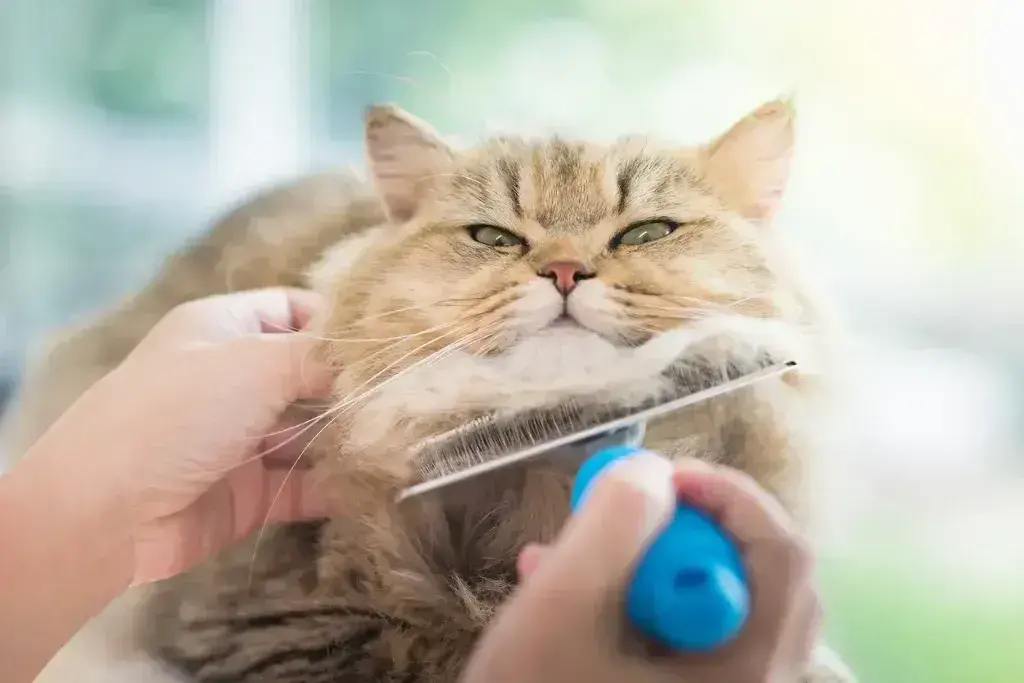
Depending on the breed, your cat could require grooming more often than another. By establishing a routine, your cat will learn to expect and anticipate grooming time – which should make them calmer over time as they get used to the experience.
Start by brushing your kitten or cat regularly – that way, they will get used to it quicker. Short-haired breeds can get brushed once or twice a week, while long-haired ones need brushing three or four times a week to prevent hairballs and other issues.
3. Figure Out Your Bathing Method
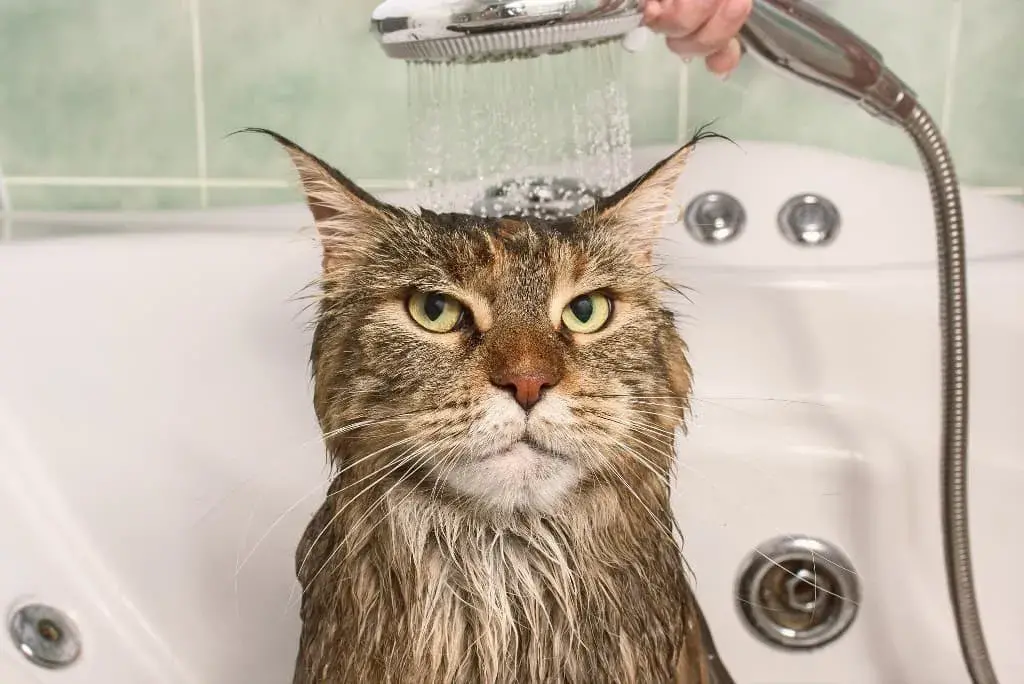
The best time to bathe a cat is when they are calm, so avoid before and after mealtimes. While dogs typically get bathed in the tub, kittens, and cats prefer less water around them – which makes a shallow sink a better option.
Use a jug to slowly pour warm water over their body, making sure to avoid their eyes and face. To clean those areas, use tear stain-removing wipes for cats. They are gentle and balanced for the PH of their skin.
4. Rewards and Incentives

As with any pet, before attempting this mammoth task – make sure you have snacks and treats. A simple act of bribery will make all the difference in the world by making your furry feline feel comfortable.
Keep in mind that animals don’t get groomed in the wild; that’s only been part of their domestication – which means that most of it is only tolerated because of food and toys. So play that in your favor.
5. Clipper Strategies
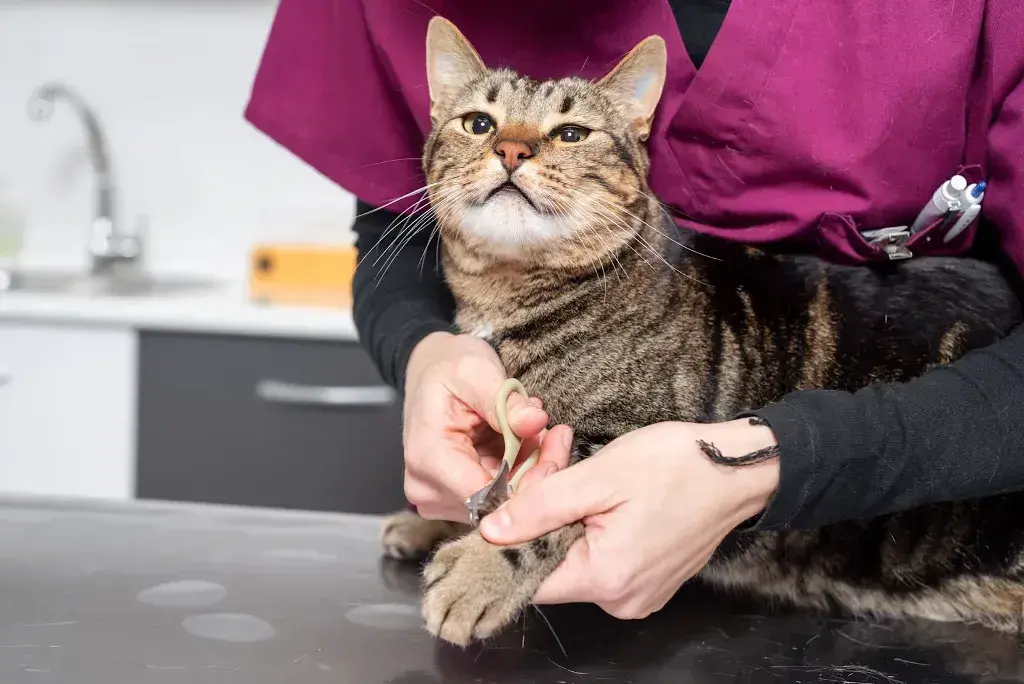
Most indoor cats have overgrown nails. Due, in part, to no longer hunting for their next meal – and due to them being so darn cute and having humans to do their bidding. Overgrown nails often lead to injuries and damaged furniture, so the first step to avoiding that is to get your cat used to you touching its paws.
Work out a strategy so they get used to the sound of the clippers slowly but surely, which will stop the panic scratching and fleeing the scene.
6. Pay Attention to The Ears
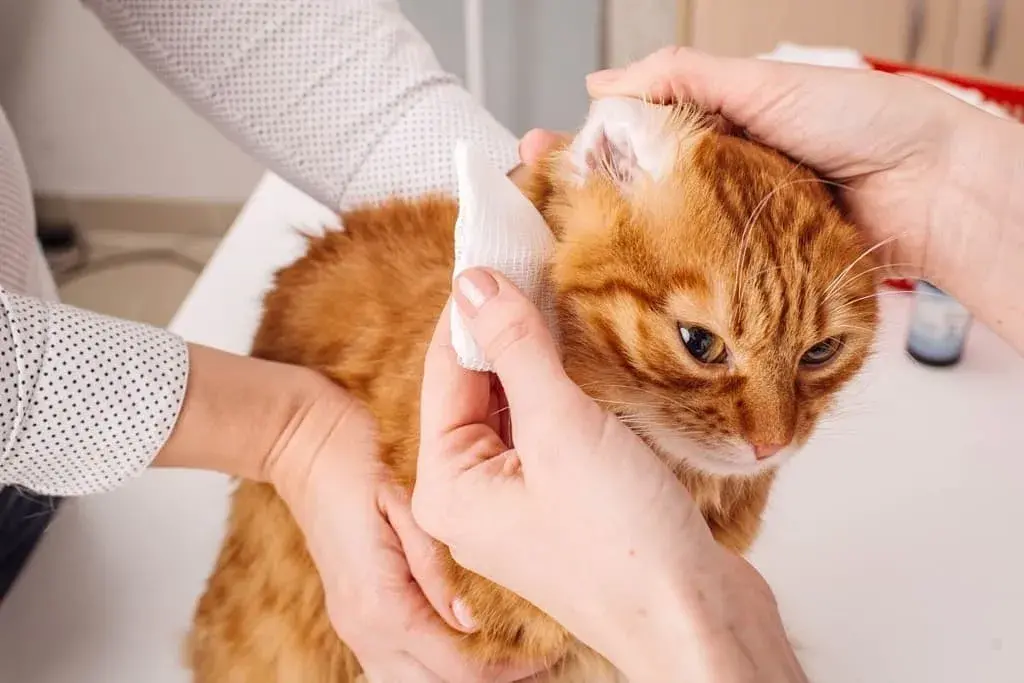
When you bathe your cat, pay close attention to its ears. Inspect the ear canal for any signs of redness, dirt, or discharge. The first sign of food allergies in dogs and cats generally presents in the ears with a foul-smelling discharge.
If your cats’ ears need to be cleaned, use a cat ear cleanser and a cotton ball. Never stick a Q-Tip down their ears, as they can do severe damage.
It’s not always a pleasant job, but someone must do it!
7. Monitor For Fleas

Depending on your location and the season, your furry friend could get overrun with little critters. Monitoring for fleas and ticks by regularly running your hand over their skin to feel for abnormal bumps.
Check their fur for ticks and flea dirt. If you spot something out of the ordinary, contact your vet, and they will recommend a proper flea treatment like a flea collar, spray, chewable tablet, or shampoo.
To End
Cat grooming can be a stressful experience for both you and your furry feline. But that doesn’t have to be the case – grooming will be a breeze with these tips in place!
To get more information:











